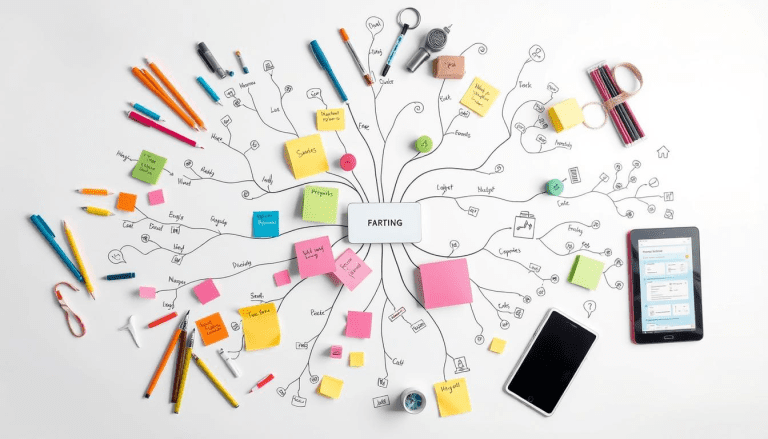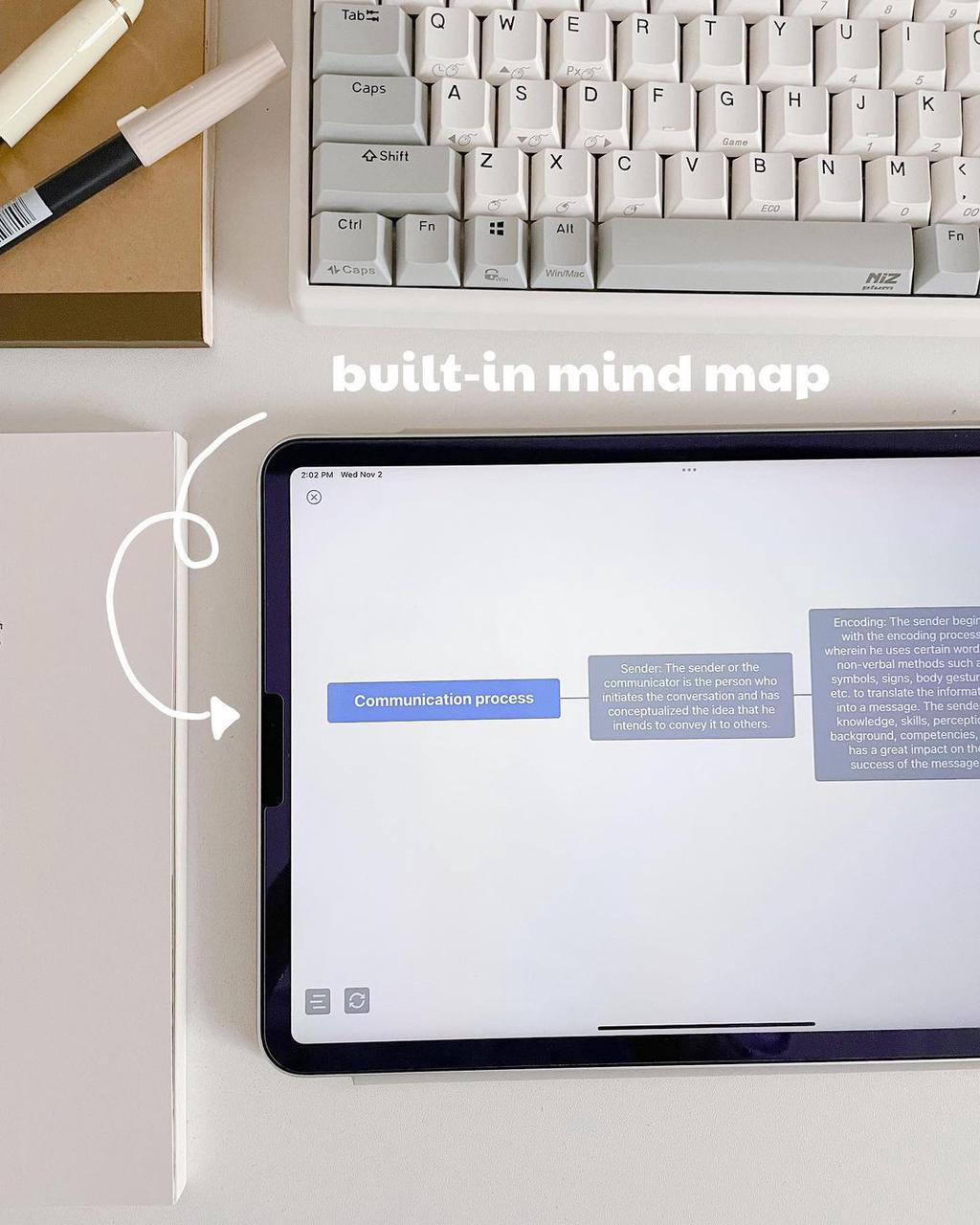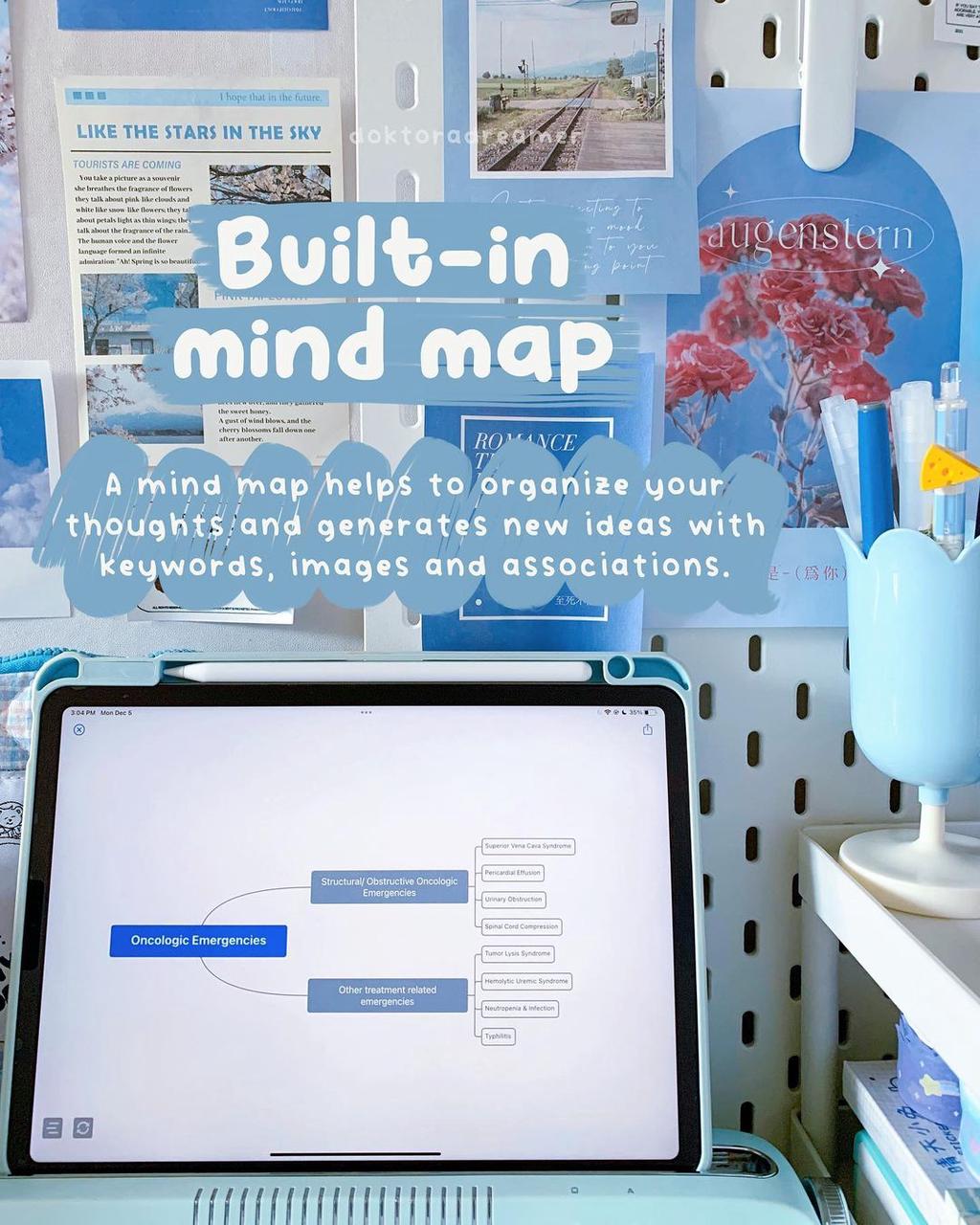How to Do an Outline for Notes: A Simple Guide
Want to write a note in a super organized way? The outline note-taking method is perfect for you. It breaks down big ideas into smaller, easier-to-understand pieces. This method is great for organizing complex information into simple notes.
This article will show you how to create an outline for notes. It will help you learn better and remember more. And Effie, a free notes app, enhances this experience by providing a clean, structured interface for taking outline notes while integrating AI-powered tools for effortless organization.
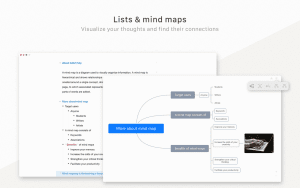
Key Takeaways
- The outline note-taking method is highly structured, logical, and easy-to-follow.
- Effie offers customizable outline templates for note-taking, making it easier to organize your thoughts and create note that suit your study style.
- The outline method is recommended for topics that require a lot of words to explain.
- Outlining is useful for planning presentations, projects, essays, and creating summaries.
- The outline method may not be as effective for notes that require diagrams, visuals, or charts.
- Tips for better outline notes include using point form, making connections, and using lined paper with margins.
What is the Outline Note-Taking Method?
The outline note-taking method is a structured way to record and organize information. It helps you see how ideas are connected by creating an outline. You start with main topics, then subtopics, and add details to make your notes clear and easy to follow. Effie’s outlining tools allow you to switch between structured note formats and visual mapping for notes, providing flexibility in your approach.
Benefits of the Outline Note-Taking Method
The outline method has many benefits for note-taking strategies and outlining techniques:
- It organizes information in a logical and structured way.
- Effie’s hierarchical structure helps with effective note organization, displaying main ideas and supporting details visually.
- You don’t need special templates, making it simple to start.
- It helps understand how main ideas and details are connected.
- It makes reviewing and revising structured note formats more efficient.
Studies show that using the outline method can help students remember up to 40% more from lectures. This proves its effectiveness in organizing note-taking and improving retention. Effie can boost this process with its automatic summarization tool, allowing you to condense your outline into key points quickly.
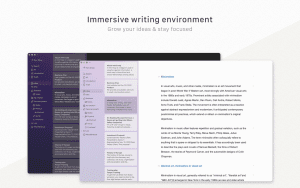
When to Use the Outline Method
The outline method is great for topics that need lots of words to explain. It helps organize big ideas in a logical way. Effie’s built-in outlining techniques can help create structured notes for planning presentations, projects, or essays. It’s also ideal for quick notes during lectures or meetings.
This method is excellent for organizing information in a clear, structured way. It’s best for subjects with clear structures. It uses numbers, letters, or bullet points to show how main ideas and details are connected.
Outlining is especially good for traditional courses. It helps students make structured notes. Effie allows you to save and organize your outline templates, making review sessions simpler and more efficient.
| Advantages of Outline Method | Disadvantages of Outline Method |
|---|---|
|
|
The outline method is a solid way to organize notes, but it’s not for all subjects. For example, it’s not ideal for math or chemistry with lots of formulas and diagrams. Other methods like sentence, list, concept map, or Cornell might work better for these subjects. However, with Effie’s mind mapping notes feature, you can easily transition from outline to mind map to accommodate more complex subjects.
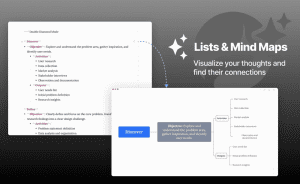
When Not to Use the Outline Method
The outline note-taking method is great for some types of information. But it’s not perfect for every situation. When should you not use the outline method?
Think about the material you’re studying. The outline method is best for text-based content. But for subjects with lots of diagrams, visuals, or complex charts, it might not be the best choice.
- Subjects like math, science, or engineering with lots of visuals might do better with other methods like mapping or charting. Effie integrates both outline and mind mapping tools, giving you the flexibility to switch between methods as needed.
- Fast-paced lectures where you have to take notes quickly can also be tough for the outline method. It needs a lot of organization that’s hard to do fast.
How to Do an Outline for Notes
Making an effective outline is a key note-taking strategy that boosts your learning and productivity. It organizes information in a clear, hierarchical way. Effie simplifies this process by providing customizable outline templates.This way of writing notes uses big titles, smaller titles, and little dots to show main ideas. It helps you see how thoughts link up.
Outlining beats writing notes all over the place. It’s faster and neater. It lets you take selective notes, focusing on the core ideas.
Step 1: Define the Main Topics
Start by listing the main topics or themes you want to cover. Write these as the top entries without any indentation. These will be the base of your outline, showing the highest level of information. Effie’s automatic formatting feature ensures consistency across your notes.
Step 2: Identify Subtopics
Under each main topic, list the related subtopics. Indent these subtopics to the right, using numbers, letters, or bullet points. This step helps you build a clear structure and organize your outlining techniques.
Step 3: Add Supporting Details
For each subtopic, add relevant supporting details, facts, examples, and thoughts. Indent these further to the right, keeping the structure. This ensures your note organization is thorough and easy to follow. Effie’s AI can even suggest relevant supporting details, making your note-taking more efficient.
Tips for Better Outline Notes
Creating effective outline notes can greatly improve your note-taking skills. These tips will help you get the most out of using outlines:
- Keep your notes short and use bullet points. Focus on the main ideas and key concepts.
- Connect your thoughts by drawing lines or arrows.Effie’s mind mapping feature allows you to visualize connections between ideas, improving understanding.
- Use structured formats and templates to keep your notes organized. Effie offers free notes apps with structured formats, making reviewing them much simpler.
- Try different ways of taking notes, like paper or digital tools. Find what works best for you.
- Experiment with note-taking in various situations, like lectures or reading books. See what works best for each setting.
If you use these ideas and try apps like Effie, you’ll get really good at outline notes. This will help you learn better and faster.
Conclusion
The outline note-taking method is a strong tool for better note-taking strategies, outlining techniques, and effective note organization. It helps you understand and remember information better.Effie’s smart computer tools make outline notes and idea maps better. This can really boost how you take notes and study.
Whether you’re in school, working a job, or just learning on your own, this works for you. Mastering the outline method can greatly improve your productivity and learning. By using these techniques, you’ll gain skills useful in many areas, from research to project planning. Effie provides the tools you need to stay organized, efficient, and productive.
Success comes from regular practice and being open to adjusting the method to fit your needs. With commitment and the right strategies, you’ll become a more confident and organized note-taker. You’ll be ready for success in all your pursuits.
Source Links
- Mastering How to Take Outline Notes Effectively – https://www.effie.pro/blog/mastering-how-to-take-outline-notes-effectively/
- 7 Most Efficient Note Taking Methods – LifeHack – https://www.lifehack.org/856826/note-taking
- How to Write a Conclusion – https://www.grammarly.com/blog/how-to-write-a-conclusion/
- How to Write a Conclusion: Outline and Examples – https://edubirdie.com/blog/how-to-write-a-conclusion




